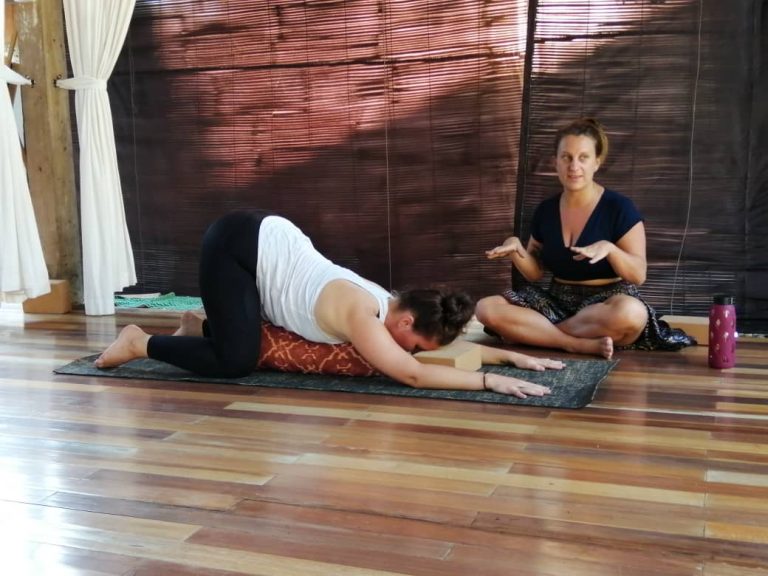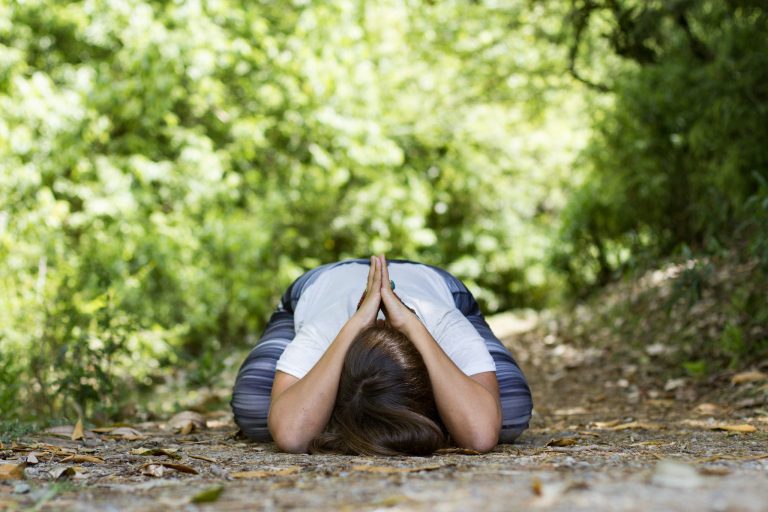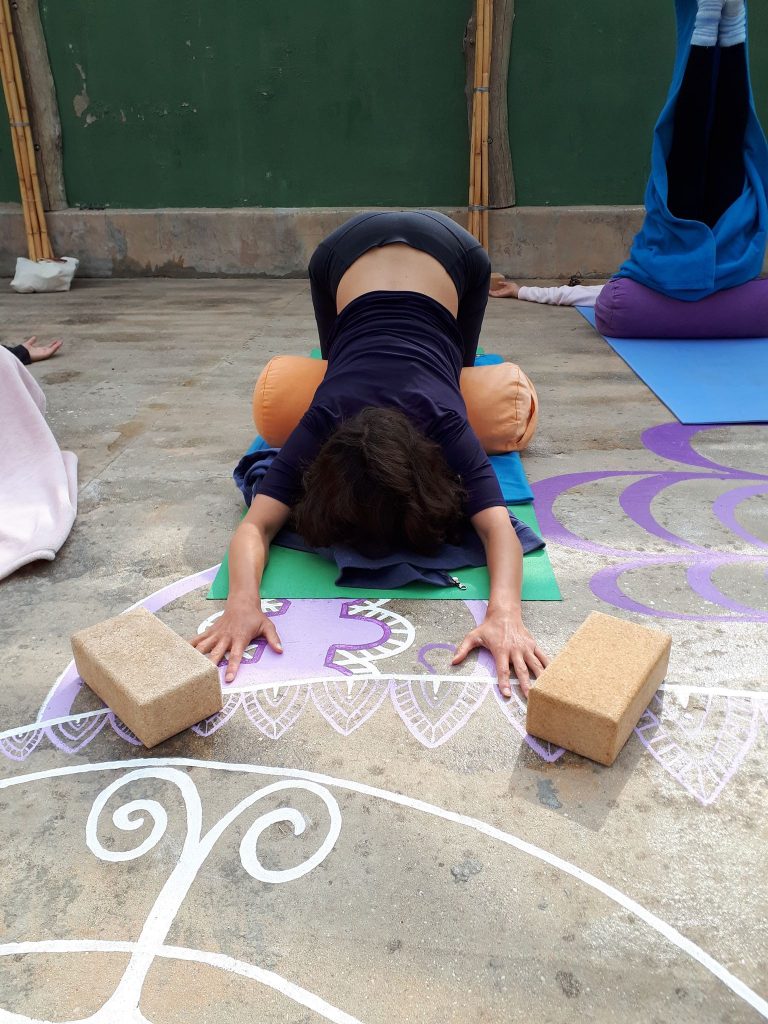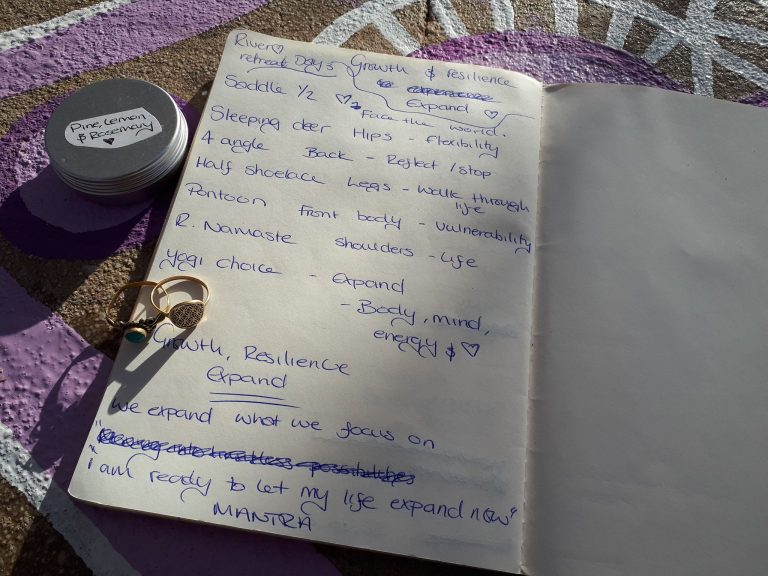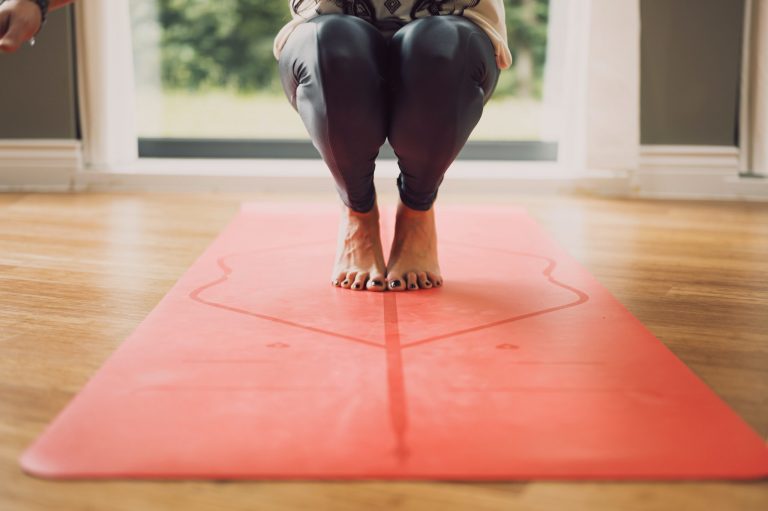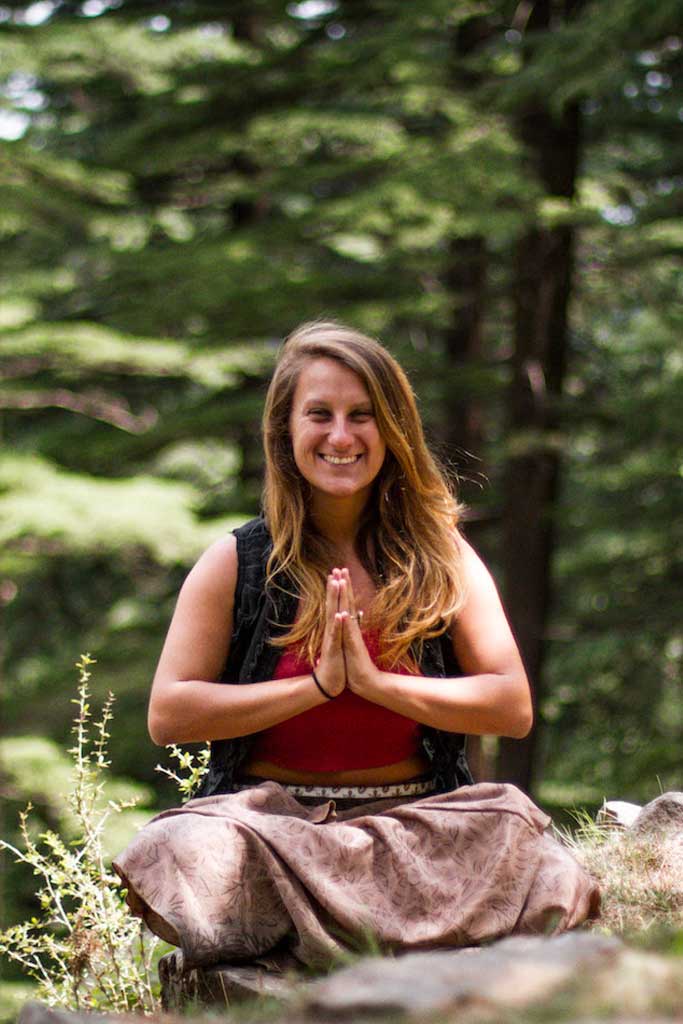How Yin Yoga Teachers Can Effectively Time and Structure Their Yin Yoga Classes
Written by Mary-Rose Dias
Time and spaciousness are fundamental to the philosophy and practice of yin yoga and a gift that students will gratefully receive from their yin yoga teachers. It is therefore important that yin yoga teachers understand how to effectively time and structure their classes. A well-timed, well-structured yin yoga class will ensure that students receive the benefits of spending time in each posture and can transition smoothly from opening to close while working with different areas of their body in a satisfying, balanced and non-hurried way.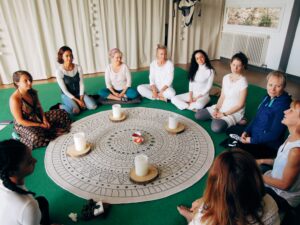
In the fast-paced, hurried, yang society that many of us now live in, many people are being called to practice yin yoga. The gift of time and space is something wonderful that yin yoga teachers can offer their students, and is fundamental to the very nature of yin yoga practice. Allowing an abundance of time in yin yoga is important because it means that the fascia has time to passively respond. The more time that is offered to a yin yoga posture, the more opportunity the fascia has to respond. With time, the mind can also settle and students are supported to find relaxation and stillness in their practice without feeling hurried or pressured to move to the next transition.
A general guideline for yin yoga teachers looking to structure their classes is to allow 15% of the time for the opening, 70% of time for the middle and 15% of time for savasana. This means that for a 90-minute yin yoga class around 12-15 minutes can be dedicated to a gentle beginning with postures and practices that support students to arrive in the space and ease into the class. Yin yoga teachers may choose to spend the first 15 minutes of their yin yoga class guiding students through a meditation.
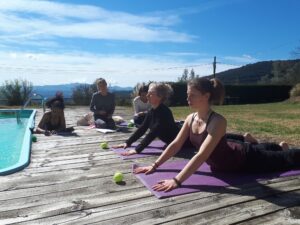 The middle of the class is an opportunity for yin yoga teachers to introduce the majority of postures and focus on any specific intentions and class themes. Offering balance and safety is important here and teachers may offer more shallow postures first before transitioning to deeper work. Yin yoga teachers must remember to allow sufficient time for both left and right sides of the body and to also include rebounds in between each asana. It is important not to try and squeeze too much into a yin yoga class. If a yin teacher feels short on time it is generally better to offer students less postures than to fit in more for less time each.
The middle of the class is an opportunity for yin yoga teachers to introduce the majority of postures and focus on any specific intentions and class themes. Offering balance and safety is important here and teachers may offer more shallow postures first before transitioning to deeper work. Yin yoga teachers must remember to allow sufficient time for both left and right sides of the body and to also include rebounds in between each asana. It is important not to try and squeeze too much into a yin yoga class. If a yin teacher feels short on time it is generally better to offer students less postures than to fit in more for less time each.
It is important that yin yoga teachers offer a restorative savasana at the end of their yin yoga class so that students are supported to access rest, relaxation and integration. For a 90-minute yoga class this could be 12-15 minutes and yin yoga teachers must be mindful that other postures do not cut into this time.
Effectively timing and structuring yin yoga classes is an important skill for yin yoga teachers to learn. Time is a gift that yin teachers can offer their students and offering well-timed, well-structured yin classes will mean that students are supported to best access the benefits of yin yoga in a safe, nourishing and balanced way.
To dive deeper into this topic and learn more about how to teach yin yoga, Shanti Atma Yoga offers a variety of trainings exploring the many avenues to self-healing, teacher development and deepening your yoga practice:
𓆩♡𓆪 To watch some of our free Yin teacher training about how to teach Yin intelligently TAP HERE
Yin Yoga Teacher Training Online:
Yin Yoga Teacher Training: 100 hour Functional Anatomy and Chinese Medicine
Yin Yoga Teacher Training: 100 hour Pranayama, Meditation and Mindfulness
Yin Yoga Teacher Training: 80 hour Yin Yoga and Yoga Nidra
Yin Yoga Teacher Training: 50 hour Neuroplasticity and Mindfulness
Yin Yoga Teacher Training: 50 hour Essential Oils and Emotional Intelligence

